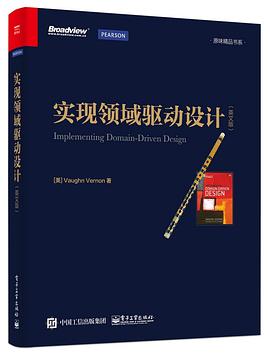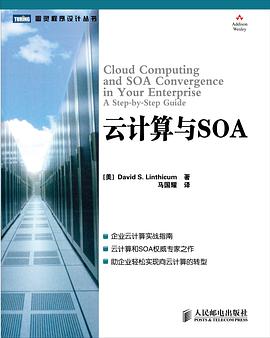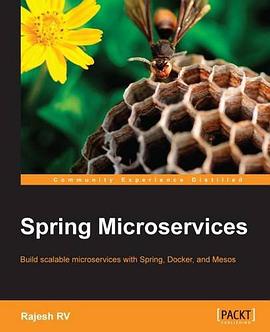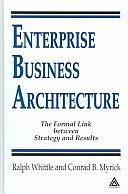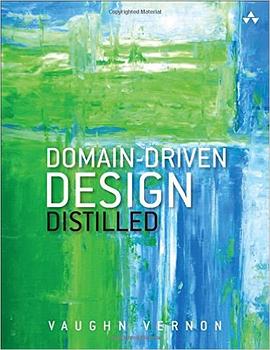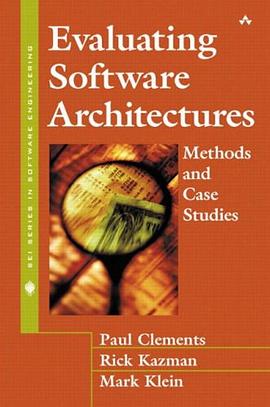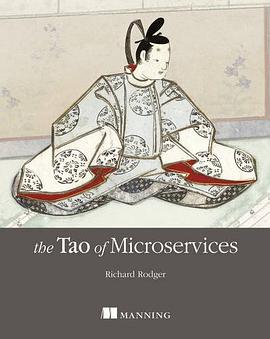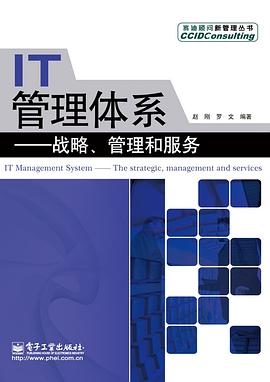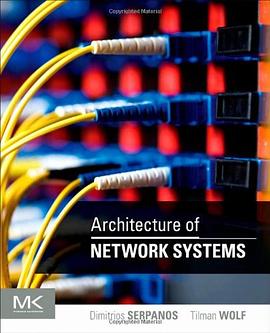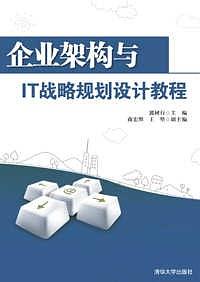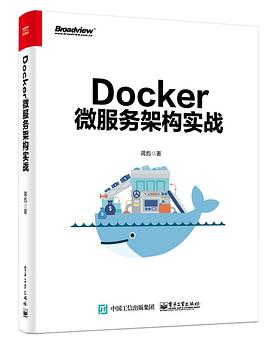序
前言
緻謝
關於作者
如何使用本書、
Chapter 1 Getting Started with DDD
Can I DDD?
Why You Should Do DDD
How to Do DDD
The Business Value of Using DDD
1. The Organization Gains a Useful Model of Its Domain
2. A Refined, Precise Definition and Understanding of the Business Is Developed
3. Domain Experts Contribute to Software Design
4. A Better User Experience Is Gained
5. Clean Boundaries Are Placed around Pure Models
6. Enterprise Architecture Is Better Organized
7. Agile, Iterative, Continuous Modeling Is Used
8. New Tools, Both Strategic and Tactical, Are Employed
The Challenges of Applying DDD
Fiction, with Bucketfuls of Reality
Wrap-Up
Chapter 2 Domains, Subdomains, and Bounded Contexts
Big Picture
Subdomains and Bounded Contexts at Work
Focus on the Core Domain
Why Strategic Design Is So Incredibly Essential
Real-World Domains and Subdomains
Making Sense of Bounded Contexts
Room for More than the Model
Size of Bounded Contexts
Aligning with Technical Components
Sample Contexts
Collaboration Context.
Identity and Access Context.
Agile Project Management Context
Wrap-Up
Chapter 3 Context Maps
Why Context Maps Are So Essential
Drawing Context Maps
Projects and Organizational Relationships
Mapping the Three Contexts
Wrap-Up
Chapter 4 Architecture
Interviewing the Successful CIO
Layers
Dependency Inversion Principle
Hexagonal or Ports and Adapters
Service-Oriented
Representational State Transfer—REST
REST as an Architectural Style
Key Aspects of a RESTful HTTP Server
Key Aspects of a RESTful HTTP Client
REST and DDD
Why REST?
Command-Query Responsibility Segregation, or CQRS
Examining Areas of CQRS
Dealing with an Eventually Consistent Query Model
Event-Driven Architecture
Pipes and Filters
Long-Running Processes, aka Sagas
Event Sourcing
Data Fabric and Grid-Based Distributed Computing
Data Replication
Event-Driven Fabrics and Domain Events
Continuous Queries
Distributed Processing
Wrap-Up
Chapter 5 Entities
Why We Use Entities
Unique Identity.
User Provides Identity
Application Generates Identity
Persistence Mechanism Generates Identity
Another Bounded Context Assigns Identity
When the Timing of Identity Generation Matters
Surrogate Identity
Identity Stability.
Discovering Entities and Their Intrinsic Characteristics
Uncovering Entities and Properties
Digging for Essential Behavior
Roles and Responsibilities
Construction
Validation
Change Tracking
Wrap-Up
Chapter 6 Value Objects
Value Characteristics
Measures, Quantifies, or Describes
Immutable
Conceptual Whole
Replaceability
Value Equality.
Side-Effect-Free Behavior
Integrate with Minimalism.
Standard Types Expressed as Values
Testing Value Objects
Implementation.
Persisting Value Objects
Reject Undue Influence of Data Model Leakage.
ORM and Single Value Objects
ORM and Many Values Serialized into a Single Column
ORM and Many Values Backed by a Database Entity.
ORM and Many Values Backed by a Join Table.
ORM and Enum-as-State Objects
Wrap-Up
Chapter 7 Services
What a Domain Service Is (but First, What It Is Not)
Make Sure You Need a Service.
Modeling a Service in the Domain
Is Separated Interface a Necessity?
A Calculation Process
Transformation Services.
Using a Mini-Layer of Domain Services
Testing Services.
Wrap-Up
Chapter 8 Domain Events
The When and Why of Domain Events
Modeling Events
With Aggregate Characteristics
Identity
Publishing Events from the Domain Model
Publisher
Subscribers
Spreading the News to Remote Bounded Contexts
Messaging Infrastructure Consistency
Autonomous Services and Systems
Latency Tolerances
Event Store
Architectural Styles for Forwarding Stored Events
Publishing Notifications as RESTful Resources
Publishing Notifications through Messaging Middleware
Implementation
Publishing the NotificationLog
Publishing Message-Based Notifications
Wrap-Up
Chapter 9 Modules
Designing with Modules
Basic Module Naming Conventions
Module Naming Conventions for the Model.
Modules of the Agile Project Management Context
Modules in Other Layers
Module before Bounded Context
Wrap-Up
Chapter 10 Aggregates
Using Aggregates in the Scrum Core Domain
First Attempt: Large-Cluster Aggregate
Second Attempt: Multiple Aggregates
Rule: Model True Invariants in Consistency Boundaries
Rule: Design Small Aggregates
Don’t Trust Every Use Case
Rule: Reference Other Aggregates by Identity
Making Aggregates Work Together through Identity
References
Model Navigation
Scalability and Distribution
Rule: Use Eventual Consistency Outside the Boundary
Ask Whose Job It Is
Reasons to Break the Rules
Reason One: User Interface Convenience
Reason Two: Lack of Technical Mechanisms
Reason Three: Global Transactions
Reason Four: Query Performance
Adhering to the Rules
Gaining Insight through Discovery.
Rethinking the Design, Again
Estimating Aggregate Cost
Common Usage Scenarios
Memory Consumption
Exploring Another Alternative Design
Implementing Eventual Consistency.
Is It the Team Member’s Job?
Time for Decisions
Implementation
Create a Root Entity with Unique Identity
Favor Value Object Parts
Using Law of Demeter and Tell, Don’t Ask
Optimistic Concurrency.
Avoid Dependency Injection.
Wrap-Up
Chapter 11 Factories
Factories in the Domain Model
Factory Method on Aggregate Root
Creating CalendarEntry Instances
Creating Discussion Instances
Factory on Service
Wrap-Up
Chapter 12 Repositories
Collection-Oriented Repositories
Hibernate Implementation
Considerations for a TopLink Implementation
Persistence-Oriented Repositories
Coherence Implementation
MongoDB Implementation
Additional Behavior
Managing Transactions
A Warning
Type Hierarchies
Repository versus Data Access Object
Testing Repositories
Testing with In-Memory Implementations
Wrap-Up
Chapter 13 Integrating Bounded Contexts
Integration Basics
Distributed Systems Are Fundamentally Different
Exchanging Information across System Boundaries
Integration Using RESTful Resources
Implementing the RESTful Resource
Implementing the REST Client Using an Anticorruption Layer
Integration Using Messaging
Staying Informed about Product Owners and Team Members
Can You Handle the Responsibility?
Long-Running Processes, and Avoiding Responsibility
Process State Machines and Time-out Trackers
Designing a More Sophisticated Process
When Messaging or Your System Is Unavailable
Wrap-Up
Chapter 14 Application.
User Interface
Rendering Domain Objects
Render Data Transfer Object from Aggregate Instances
Use a Mediator to Publish Aggregate Internal State
Render Aggregate Instances from a Domain Payload Object
State Representations of Aggregate Instances
Use Case Optimal Repository Queries.
Dealing with Multiple, Disparate Clients
Rendition Adapters and Handling User Edits
Application Services
Sample Application Service
Decoupled Service Output
Composing Multiple Bounded Contexts
Infrastructure
Enterprise Component Containers
Wrap-Up
Appendix A Aggregates and Event Sourcing: A+ES
Inside an Application Service
Command Handlers
Lambda Syntax
Concurrency Control.
Structural Freedom with A+ES
Performance
Implementing an Event Store
Relational Persistence
BLOB Persistence
Focused Aggregates
Read Model Projections
Use with Aggregate Design
Events Enrichment
Supporting Tools and Patterns
Event Serializers
Event Immutability
Value Objects
Contract Generation
Unit Testing and Specifications
Event Sourcing in Functional Languages
Bibliography
Index
· · · · · · (
收起)
